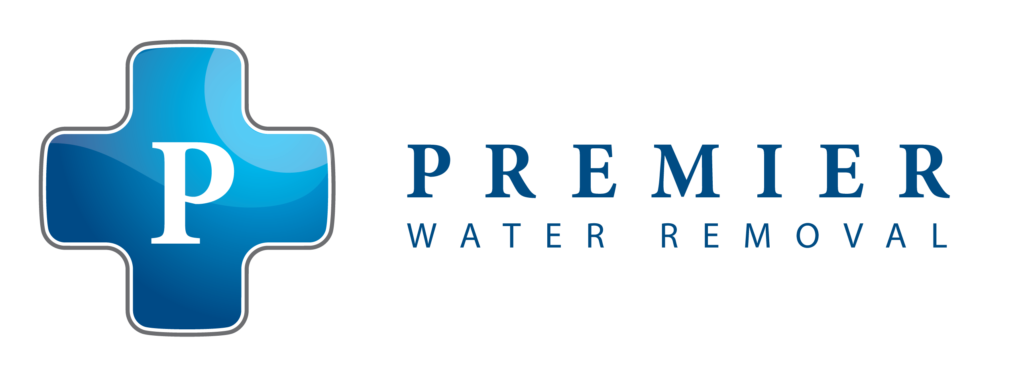Water damage events can disrupt not only the structure and appearance of your property but also significantly impact the indoor air quality. When water intrudes into your home or business, it can introduce contaminants and promote the growth of mold, mildew, and bacteria. These factors can lead to a decline in air quality and pose potential health risks to occupants. Therefore, addressing indoor air quality is an essential aspect of the water damage restoration process.
Ensuring good air quality during the water damage restoration process is not only vital for the comfort and well-being of the occupants but also critical in preventing potential health hazards. Properly addressing air quality involves careful monitoring of humidity levels, thoroughly cleaning and disinfecting affected surfaces, ventilating the space, and adequately filtering the air throughout the process. By taking these measures, restoration professionals can effectively eliminate contaminants, mitigate the growth of harmful microorganisms, and safeguard the health of those within the property.
Our team at Premier Emergency Water Removal understands the importance of indoor air quality and is dedicated to employing best practices and advanced equipment to maintain a clean and safe environment throughout the water damage restoration process. As we work diligently to address the water damage in your property, we also prioritize the health and well-being of you and your loved ones.
In this article, we will delve further into the specific steps and strategies employed by our team to ensure optimal indoor air quality during water damage restoration, and how we continually adapt and refine our methods to provide the best possible results for our clients.
Identifying Air Quality Concerns During Water Damage Restoration
Before initiating the water damage restoration process, it’s essential to recognize potential air quality issues that may arise due to different factors:
1. Humidity and Mold Growth: High humidity levels in water-damaged areas can encourage mold and mildew growth, which can negatively affect air quality and lead to health problems if left unchecked.
2. Contaminants and Bacteria: Water intrusion, especially from sewage backups or floods, can introduce harmful contaminants and bacteria that can pose health risks and compromise indoor air quality.
3. Damaged Materials: When certain building materials like drywall, insulation, or carpet become wet, they can release volatile organic compounds (VOCs) that can deteriorate air quality.
4. Dust and Debris: The restoration process can generate dust, debris, and airborne particles that can affect air quality if not adequately managed during the restoration process.
Monitoring and Maintaining Optimal Humidity Levels
Maintaining optimal humidity levels during water damage restoration is crucial in controlling mold growth and ensuring a healthy indoor environment:
1. Initial Drying Process: We remove excess water and moisture using specialized extraction equipment and air movers, kick-starting the drying process and reducing humidity levels in the affected areas.
2. Use of Dehumidifiers: Our team employs commercial-grade dehumidifiers to maintain optimal humidity levels and speed up the drying process to prevent mold and mildew growth.
3. Regular Monitoring: Throughout the restoration process, we consistently monitor the humidity levels and adjust our approach to ensure effective drying and optimal air quality.
Thorough Cleaning and Disinfecting Surfaces
Proper cleaning and disinfecting of affected surfaces are vital in removing contaminants, bacteria, and allergens to promote healthy air quality:
1. Removal of Damaged Materials: We carefully assess and remove damaged materials, such as wet carpeting, insulation, and drywall, that can harbor contaminants and contribute to poor air quality.
2. Cleaning Surfaces: Our team thoroughly cleans and disinfects the affected surfaces using high-quality cleaning products and methods, ensuring the elimination of bacteria, mold, and allergens.
3. Disposing of Debris: We safely dispose of debris and damaged materials, following all local regulations and guidelines to minimize any potential impact on the environment.
Ventilating and Filtering the Air
Adequate ventilation and proper air filtration are critical in maintaining optimal indoor air quality during the water damage restoration process:
1. Improved Ventilation: Our team utilizes air movers and exhaust fans to promote airflow, reduce humidity levels, and remove indoor pollutants, contributing to improved air quality.
2. Air Filtration Devices: We employ advanced air filtration devices, such as HEPA filters, to capture and remove airborne contaminants, allergens, and mold spores, ensuring a healthy indoor environment.
3. Ongoing Monitoring: Throughout the restoration process, we consistently track air quality indicators using specialized equipment, adjusting our approach as needed to ensure optimal results.
Indoor Air Quality's Role in Water Damage Restoration ConclusionConclusion
The importance of indoor air quality during water damage restoration cannot be overstated. By addressing potential air quality concerns, maintaining optimal humidity levels, and thoroughly cleaning and disinfecting surfaces, we ensure a safe and healthy environment for property occupants. Additionally, our team prioritizes proper ventilation and effective air filtration techniques to further enhance air quality during the restoration process.
Trust our expert team at Premier Emergency Water Removal to prioritize your safety and well-being as we work diligently to restore your property to its original condition. Through our comprehensive approach to water damage restoration and air quality management, you can rest assured that your home or business will be a healthy environment for you and your loved ones.
